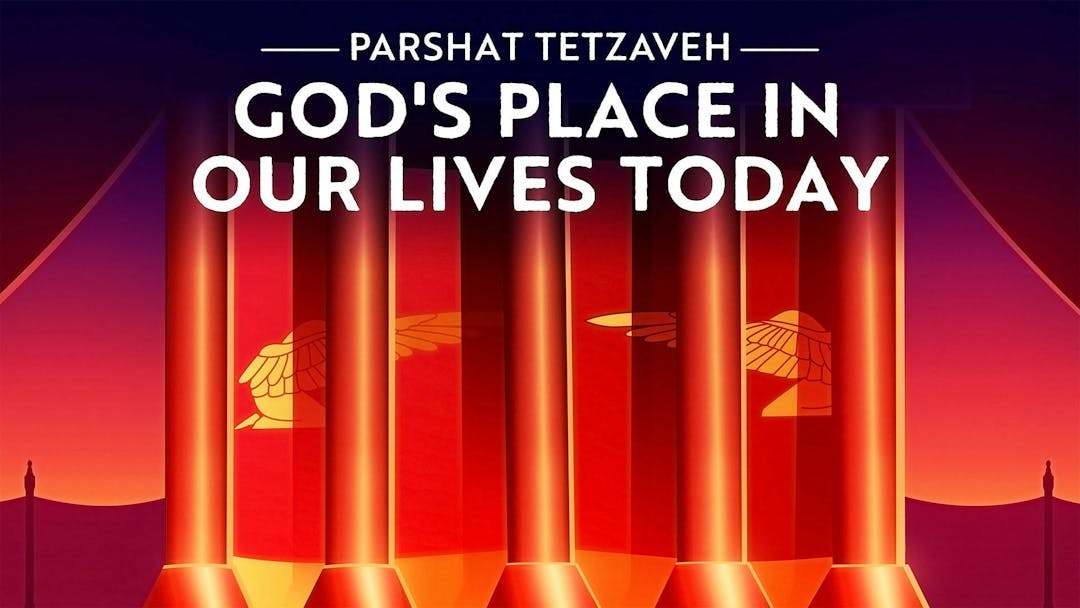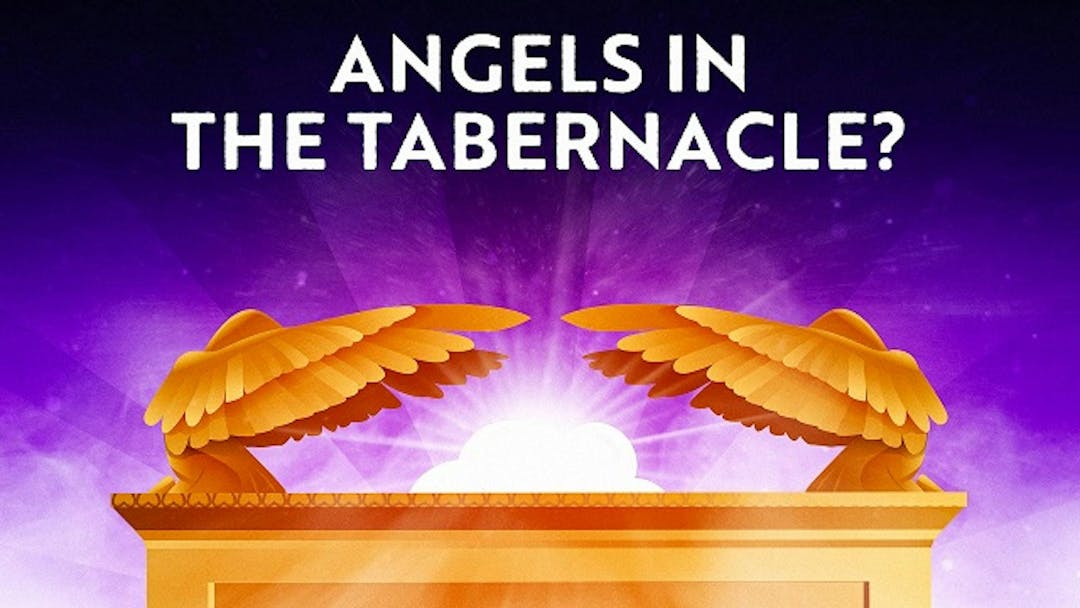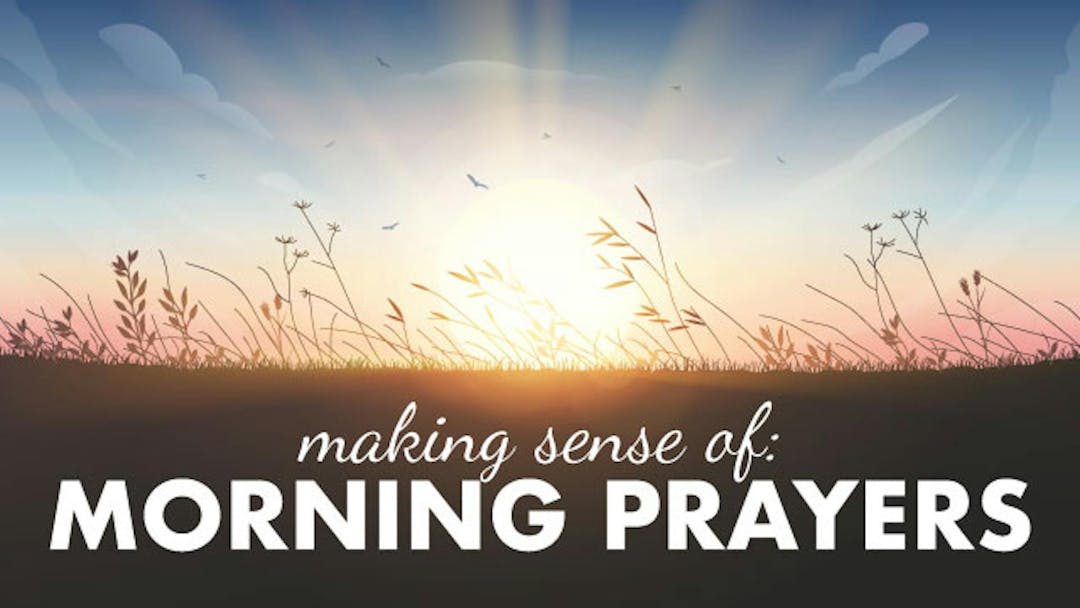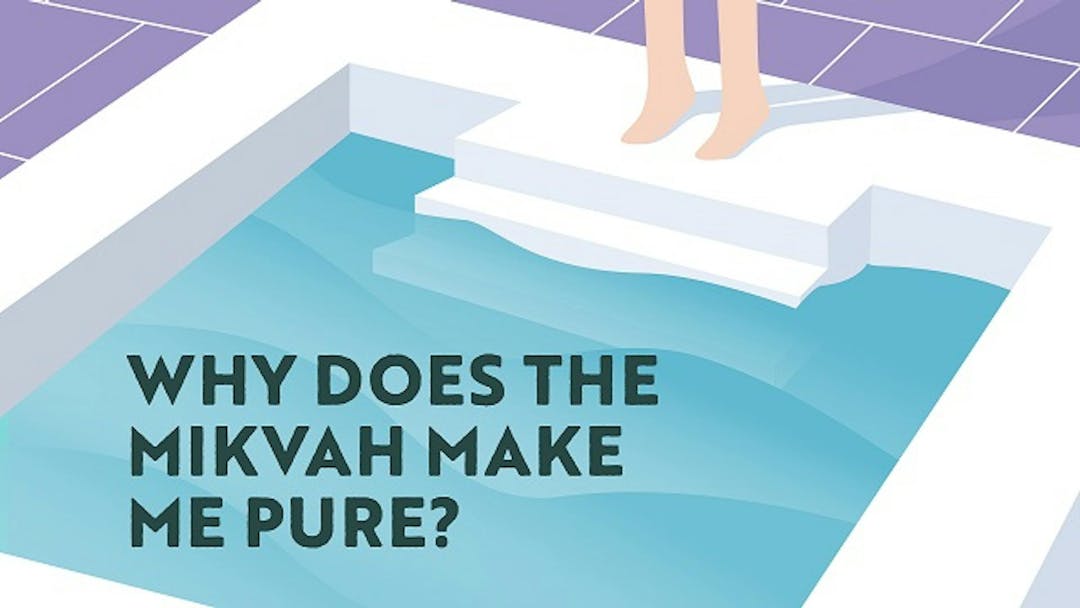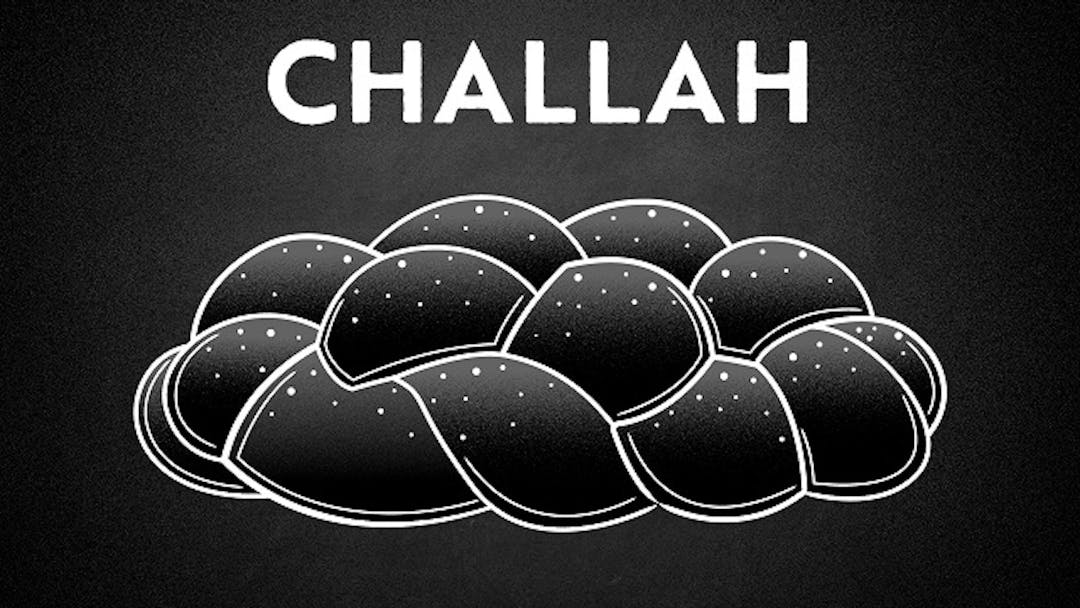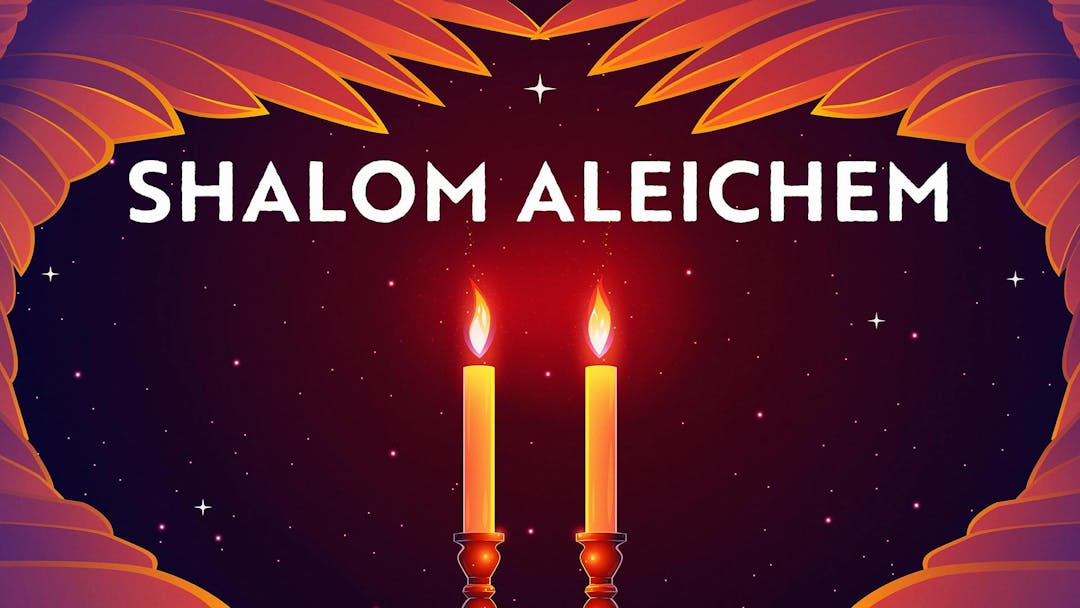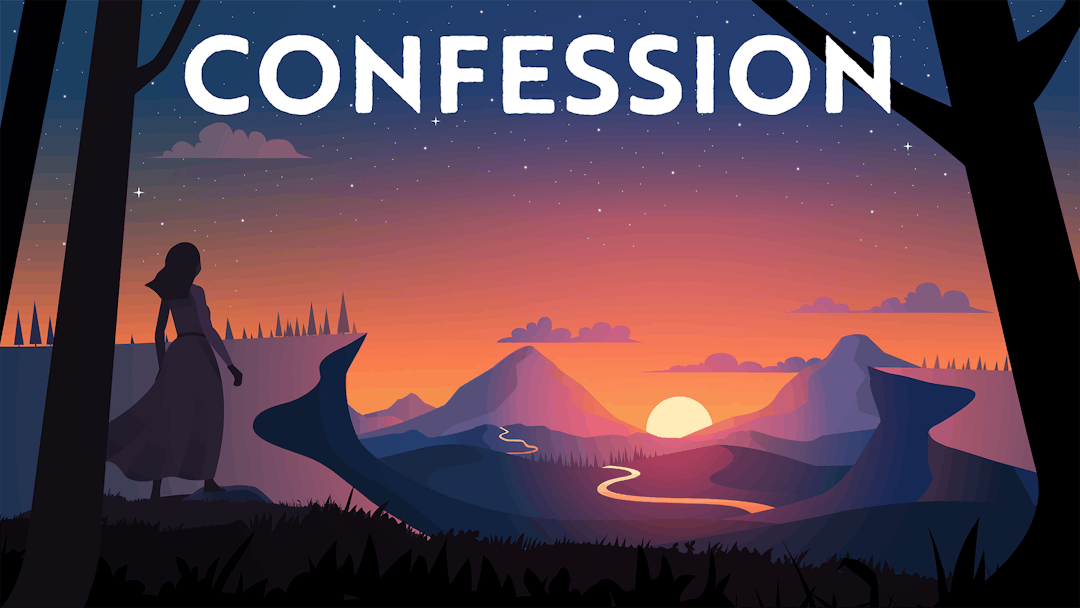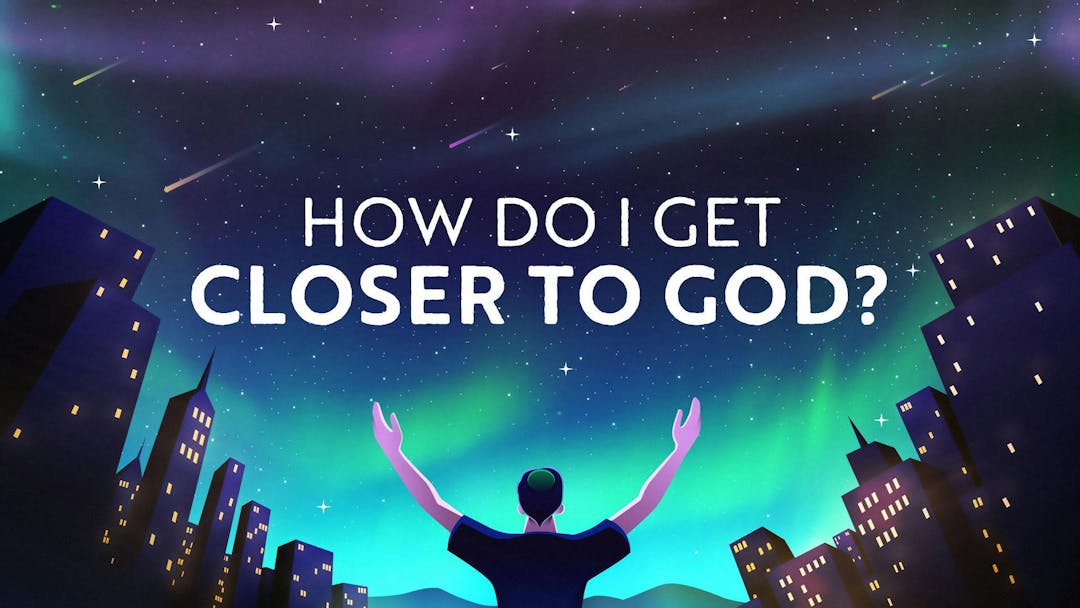Start your free trial today to unlock the full library and enjoy unlimited and uninterrupted access.
Get StartedFinding God in the Mishkan
Is There A Spiritual Meaning To The Structure Of The Mishkan?
How are we supposed to find meaning in Parshat Terumah's detailed instructions for building the Mishkan (Tabernacle)? Where the Menorah stood, where each alter was placed... what difference does this this make in our ability to connect to God today?
In this video, Rabbi Fohrman shares an incredible observation about the structure of the Mishkan: eerily enough, it seems to parallel a face. Was the Miskhan designed as a way to 'see' God's face in this world? What is this face meant to symbolize? What can it teach us about God, who, of course, does not actually have a face — and about ourselves, creators who do.
Enjoyed this video? There's more to discover. Join Rabbi Fohrman as he continues to explore these ideas in this video for Parshat Tetzaveh.
Want to watch the full video for free?
Enter your email and we’ll send you a link to watch the full series free.
What is Aleph Beta?
Aleph Beta is a unique kind of Torah library. Led by our founder, Rabbi David Fohrman, we are dedicated to high-level, textual Torah learning for adults that is intellectually and spiritually sophisticated, that enlivens your Jewish practice and helps you forge a deeper connection to God. Whether you’ve been learning in yeshiva for years or you’re just beginning your Torah journey, you’re sure to find something meaningful and surprising waiting for you here.
Browse our library of over 1,000 beautifully produced animated videos, podcasts, deep dive courses, and printable guides. Topics include the weekly parsha, Jewish holidays & fast days, laws & mitzvot, prayers, relationships, big philosophical ideas and more. Have something to say at the Shabbos table that will amaze your family and guests and bring deep meaning into their lives.
